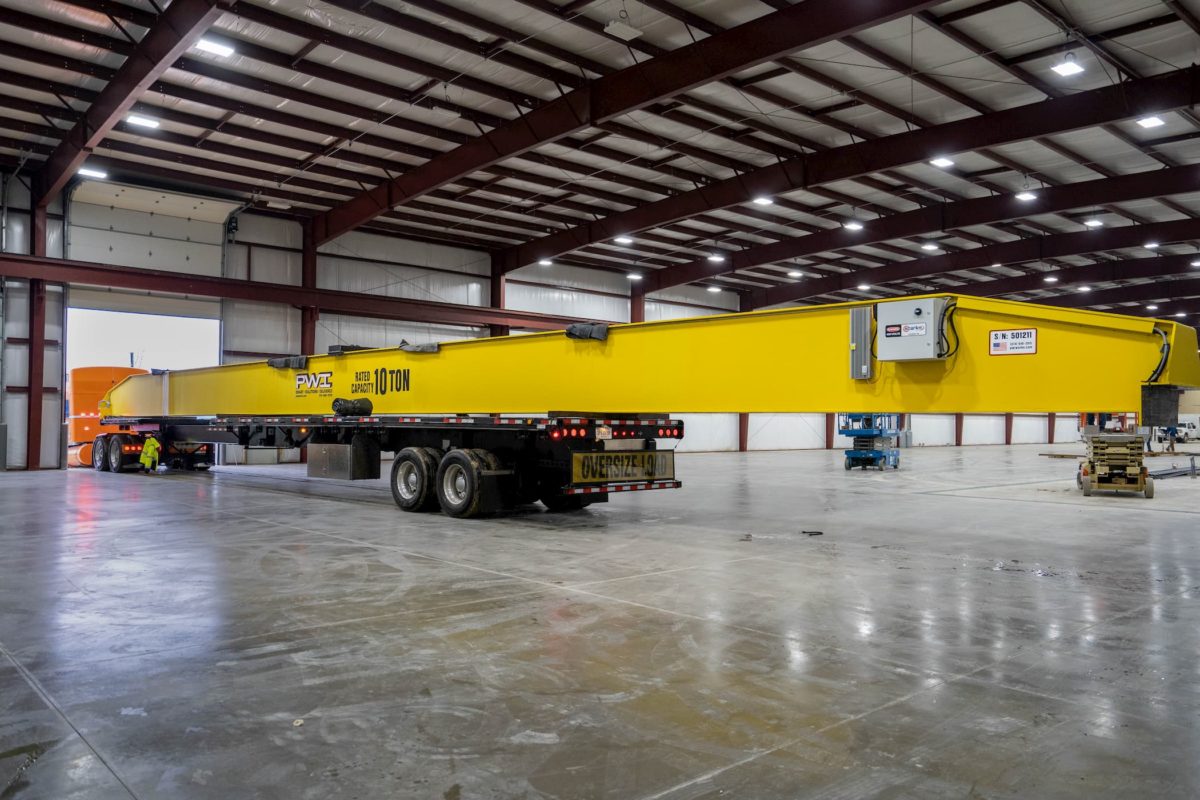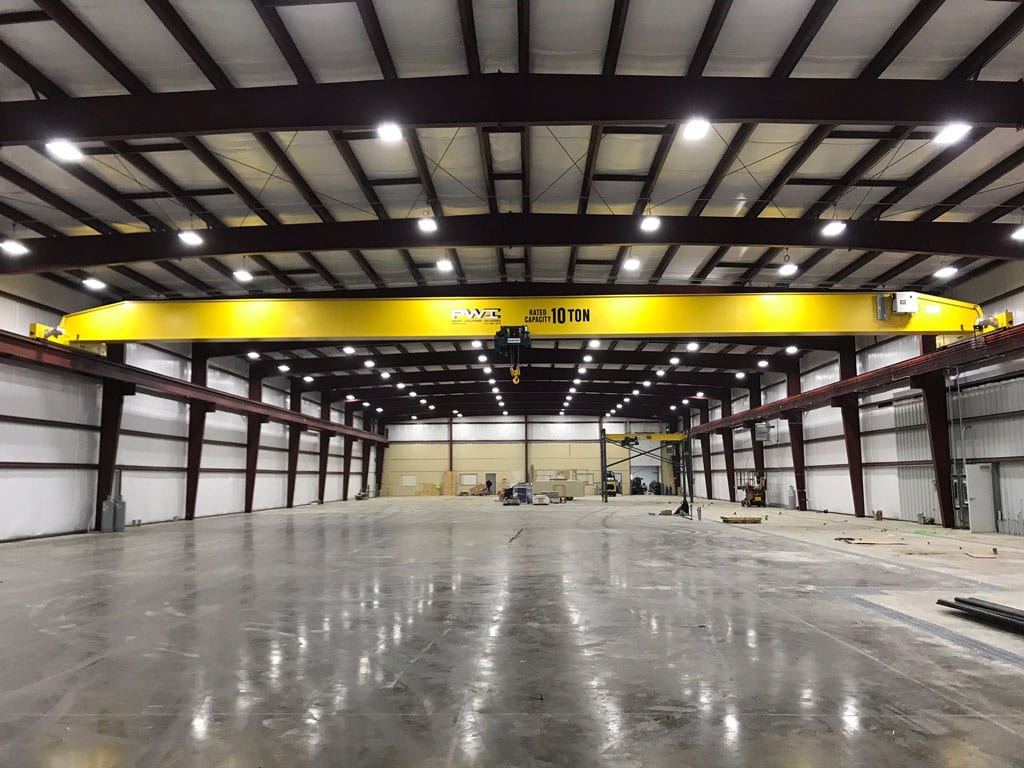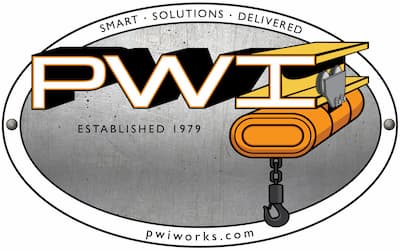Box girders are unique among overhead bridge cranes because they have an exceptionally low weight-to-span ratio over traditional overhead cranes fabricated with structural I-beams. It’s this feature that gives them almost unlimited capability. But what is their purpose and how do they work?
How is a Box Girder Different From Other Overhead Cranes?

Overhead crane bridges—sometimes called profile girders—use structural I-beams, which are renowned for their high bending and shear stiffness. In functional terms, it means the bridge can withstand a vertical force (the load) at any point along its length and is resistant to bending, so it runs true.
It also has incredibly high resistance to buckling, which has its obvious benefits.
Box girder cranes are unique because they are fabricated using plate steel to form a box-shaped structure with a superior weight-to-span ratio when compared with a traditional I-beam. The engineering principals behind this box-shape give these types of cranes the upper hand in sustaining even higher loads than overhead cranes constructed with I-beams.
Each I-beam type comprises two main components: a web and a flange. The web is the vertical element in the middle that runs perpendicular to the floor. The flange is the horizontal element that runs along the top and bottom of the web and the flanges run parallel to the floor.
A conventional overhead crane using an I-beam has a single web and a flange at the top and bottom of that web. A box girder crane uses two webs and a top and bottom flange that create a box shape.
Despite the difference in the shape of the bridge, a box girder crane still uses end trucks with an adapted design to connect it with the bridge runways. The trolley used on a box girder crane may be a different type because of the square shape of the box girder.
What are the Advantages of a Box Girder Crane?

While a box girder crane functions in the same way as most other overhead cranes, its shape is intended to provide specific advantages.
Increased Strength
It doesn’t take an engineering degree to know that the structure of a box is robust. This provides valuable advantages for crane design because it enables a box girder crane to sustain higher loads making them ideally suited for industrial applications.
It can also be scaled down for sites where space is limited, where there is a requirement for a very high-capacity overhead crane. A box girder has the advantage over an I-beam because it doesn’t need to be as tall to achieve the same capacity.
Limitless Applications
Because the box shape has four separate sides, the weight capacity of a box girder crane can be increased easily depending on the thickness of the steel used for each panel and with the use of internal gussets. Adding a second girder to the structure increases the capacity even further, with some manufacturers producing cranes at a 150-ton capacity.
Cost-efficient
In most cases, a box girder crane can be more cost-efficient as the span and weight capacity increase. For example, if a girder needs to span a length of 70 feet, an I-beam would be expensive to process because of the machinery involved. A box crane girder is manufactured by hand from inexpensive sheet material that is often cheaper than steel beams.
(Cost efficiency is not to be confused with low cost.)
What are the Disadvantages of a Box Girder Crane?
As with many cranes, their unique design characteristics also lead to disadvantages in other aspects of their use.
High Cost
One of the biggest cost considerations with any overhead crane is the material (steel) used in construction. The raw plate steel used for a box girder crane is less expensive than an I-beam, but the labor tends to extensive as the plate must be welded together on all four sides to form the box structure.
The exact price and its equivalent using an I-beam construction will vary depending on the specific requirements, so it’s hard to quantify the difference.
A box girder crane is generally not advisable for lighter applications (below 5 tons) and spans below 60 feet. As the weight-to span ration actually leans in favor of the structural I-beam.
How Can I Get a Box Girder Crane?
As an entirely custom crane, box girder cranes need to be manufactured to exact CMAA standards. You need to rely on an experienced and reputable box girder crane manufacturer to ensure your investment is a safe one.
PWI has been manufacturing custom cranes, including box girder cranes, for over 10 years and is a trusted industry partner with a portfolio of testimonials. Our expert team is ready to help advise you on building the correct specifications for your needs.

![New Construction vs Mezzanine [PDF]](https://pwiworks.com/wp-content/uploads/new-construction-vs-mezzanine-pdf-464x600.jpg)